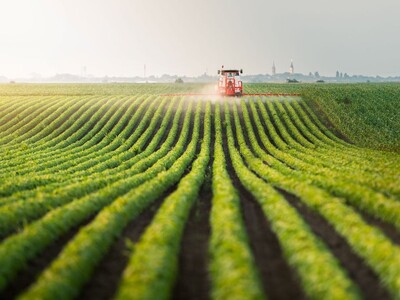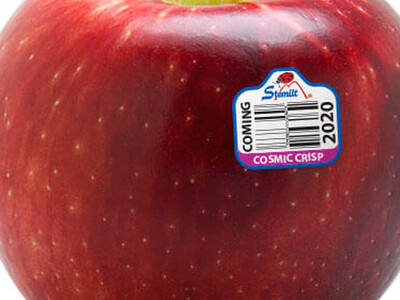Reducing Acrylamides Part 2
Reducing Acrylamides Part 2. I’m Greg Martin with today’s Line On Agriculture.
Acrylamides are an unwanted side effect of deep frying things like potato chips and French fries. Exactly what effect it has on the human is still being studied but industry leaders recognize that they need to figure out a way to continue to create great tasting foods while reducing and ultimately eliminating acrylamides. Jerry Vogel with Frito Lay says they are currently doing a lot of research on this issue.
VOGEL: We’ve tried a lot of other things. I mean this has taken like years to do to evaluate each one of these ideas through bench top screening, blanching, acid treatment, pH treatment, microwave processing, disrupting the cell membrane whether it’s through ultrasonic’s or however you’d like to do that we found that you could reduce acylamide in many of these cases but they did negatively affect the flavor of the product.
Vogel also says they have recreated many other experiments that claim to reduce acrylamides but the end products are not shelf stable meaning they quickly go bad.
VOGEL: And what we’ve found is that moisture, finished product moisture has a big impact on what your acrylamide level is. But what will happen is if you don’t get it down below 3 – 4% you’re going to have very low levels of acrylamide you’re not a shelf stable potato chip and it will not taste like a potato chip.
But he says they have isolated some “keys.”
VOGEL: The keys that we’ve found are reducing sugars in the incoming potatoes, minimizing the reducing sugars. Fryer temperature and finished product moisture are the two most significant process variables that had. And then sorting, visual sorting – optical sorting of the fried potato chips for defect removal.
Finally Vogel urges caution to processors who do samplings.
VOGEL: If you’re average acrylamide is say 500 parts per billion and you’ve sampled enough to know that you can see anywhere depending on where you take that sample from; side to side, top to bottom, you can see variations of up to 100 ppb. And sometimes depending on over time up to 300 ppb. So when you are getting standard deviation like that if you don’t do proper sampling in your fryer, if you take one sample say from the top that comes out of the oil first, that’s going to have the lowest acrylamide.
That’s today’s Line On Agriculture. I’m Greg Martin on the Northwest Ag Information Network.

















